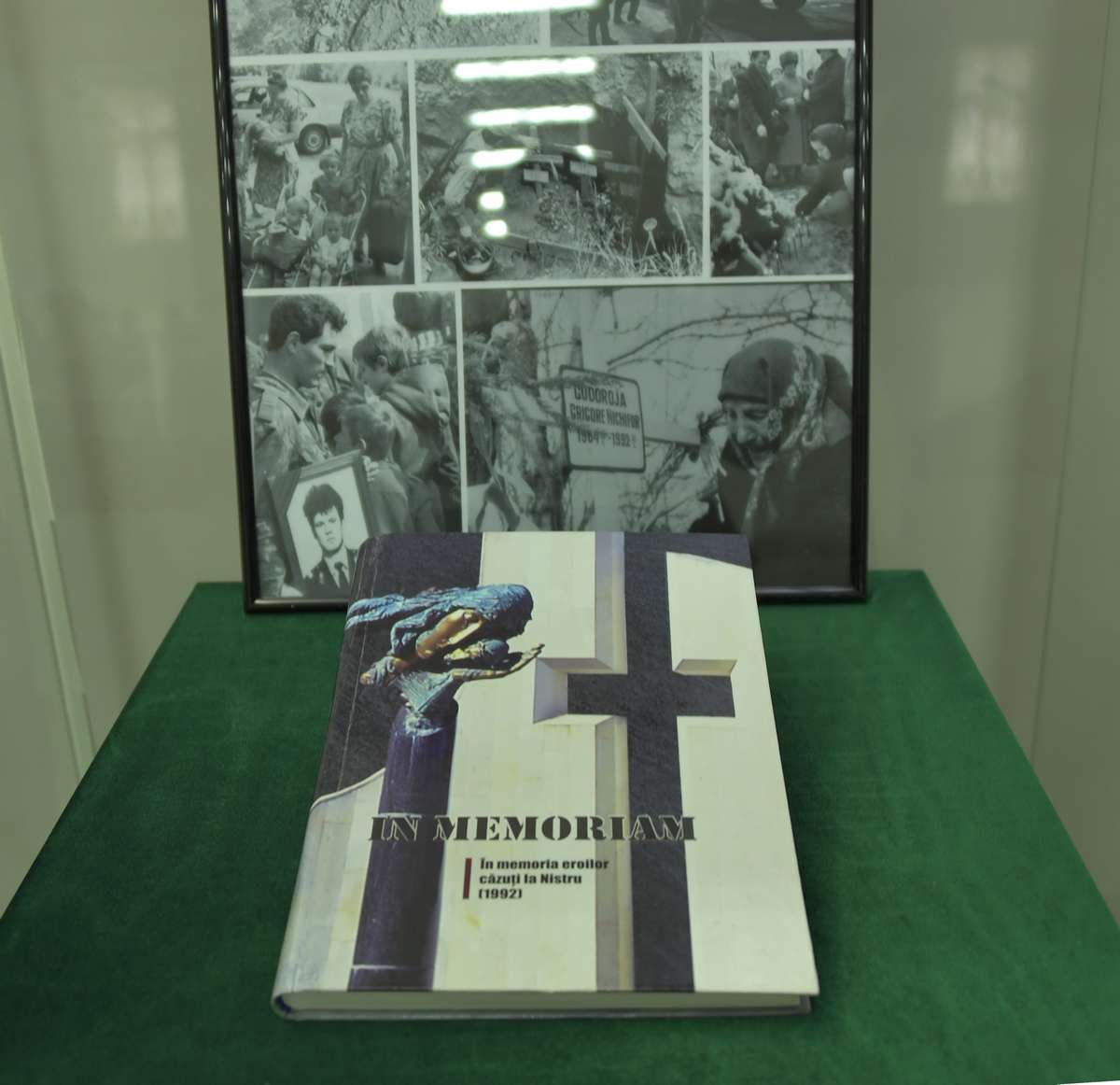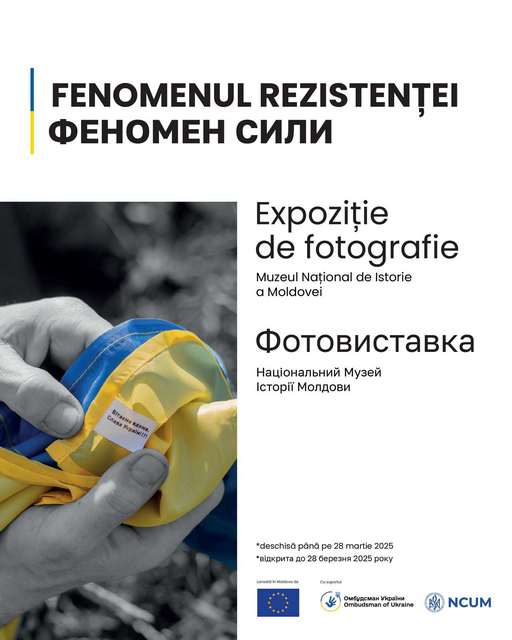On the occasion of the 41st anniversary of the founding of the Solidarity Polish trade union, which contributed to the fall of communism in Central and Eastern Europe, Chisinau residents can watch an open-air exhibition on its history, in the city center, until August 25, 2021.
Under the leadership of Solidarity, through peaceful means, the 1980 revolution led to the fall of communism in Poland in the summer of 1989. It also caused an avalanche that affected the entire so-called Eastern Bloc and ended with the fall of the Berlin Wall, and later with the end of Nicolae Ceaușescu's dictatorship in Romania.
The Solidarity Independent Trade Union was officially registered on September 17, 1980, due to a large wave of labor strikes, and gathered at the peak of its activity 10 million Poles. The union gave hope for a dignified, better life in freedom.
The great Solidarity social movement led by Lech Wałęsa helped the people to organize and express their wishes, and the communist authorities in the country were forced to negotiate and conclude agreements with the trade unionists (late August 1980). The slogan "There is no freedom without solidarity" became the message of a peaceful revolution and remained in the minds of Poles for years.
Due to the determination of thousands of people, in 1989 Poland became the first country of the so-called Eastern Bloc, in which, following the discussions at the Round Table, an agreement was reached, which in June 1989 led to the organization of partially free parliamentary elections and the collapse of the communist system. Other countries followed the path of Poland.
The exhibition "The 40th Anniversary of the Solidarity Revolution", prepared by the Polish Institute in Bucharest in the Romanian language version, tells the story of the creation of Solidarity and its impact on the fate of Central and Eastern Europe. The event is organized in partnership with the National Museum of History of Moldova in Chisinau.
The exhibition can be seen on the fence of the National Museum of History of Moldova (31 August 1989 Street, no. 121 A, MD 2012, Chisinau) from 2 to 25 August 2021.
We invite you to the closing of the exhibition, in the presence of Mrs. Natalia Mosor, director of the Polish Institute of Bucharest, on August 25, 2021, at 12.00 at the National Museum of History of Moldova.













































